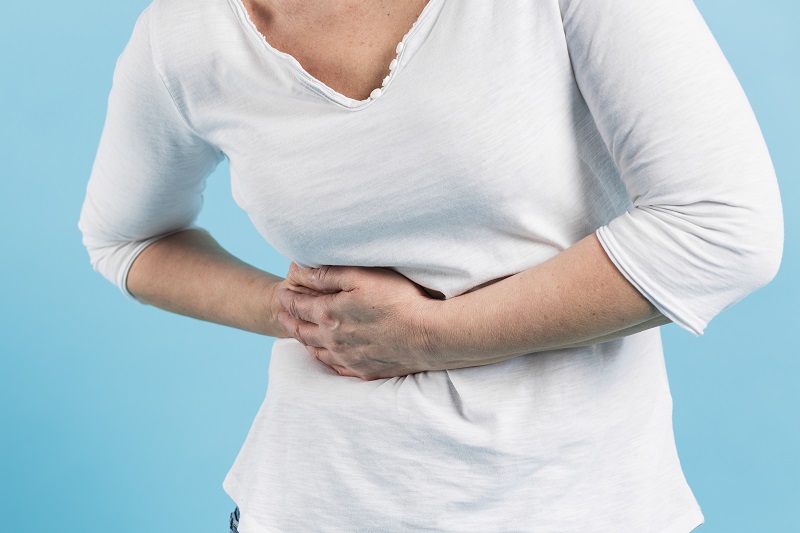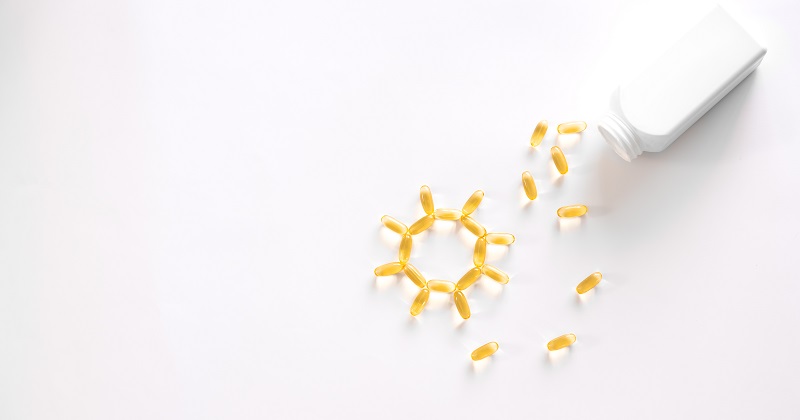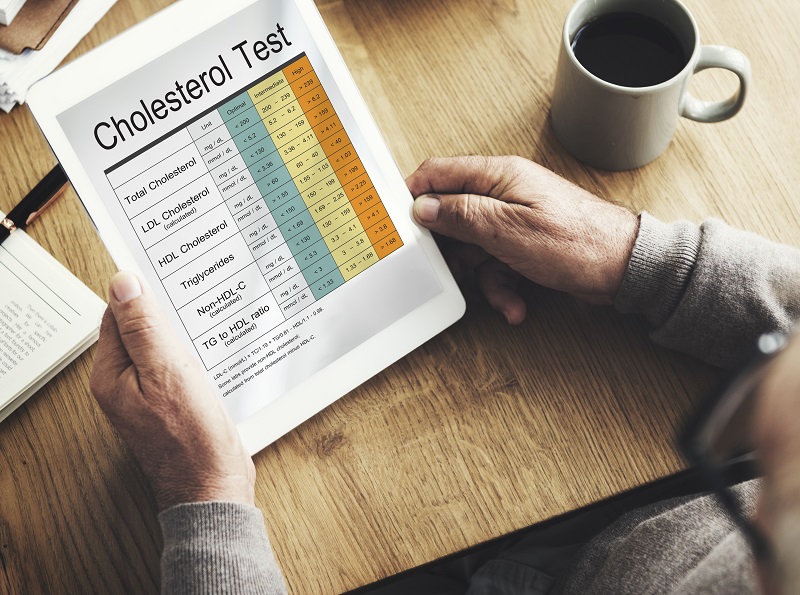The Buyt Desk
Fatty liver is a condition where fat builds up in the liver, also known as hepatic steatosis. Let us understand more about it and how it will become a health problem.
More than 20% of the population would have had Fatty liver and are unaware of it. This is more common in the USA and Europe than in India. Liver is the second largest organ in the human body. Its main function is to purify blood by filtering out unwanted substances and helping processing of nutrients the body get through food.
What is fatty liver disease?
A condition where fat builds up in the liver is known as Fatty liver disease. Too much fat in the liver may cause liver inflammation. This inflammation may damage the liver and create scarring which in future may lead to liver failure. There are two types of liver disease NAFLD and AFLD.
-
Nonalcoholic fatty liver disease (NAFLD) occurs in individuals who don’t drink a lot of alcohol.
-
Alcoholic fatty liver disease (AFLD) occurs in individuals who drink a lot of alcohol. This is also known as alcoholic steatohepatitis.
What are the signs and symptoms of fatty liver?
Fatty liver usually has no noticeable symptoms. But individuals may experience pain or discomfort in the upper right side of your abdomen or generally feel tired. Fatty liver disease may progress as these four stages:
-
Simple fatty liver where excess fat is built up in the liver. This stage is mostly harmless when it doesn’t progress.
-
Steatohepatitis is a stage where there is inflammation in the liver along with excess fat.
-
Fibrosis is a stage where there is persistent inflammation in the liver which may cause scarring. But the liver may be functioning normally.
-
Cirrhosis is a stage where scarring of the liver is widespread and thus impairing the liver’s functioning. This severe stage is irreversible. The liver damage due to this is permanent. This stage may have symptoms like – abdominal pain, loss of appetite, weight loss, weakness or fatigue, nausea, itchy skin, yellow skin and eyes, easy bruising or bleeding, dark-colored urine, pale stools, fluid accumulation in the abdomen (ascites), swelling (edema) of your legs, web-like clusters of blood vessels under your skin, breast enlargement in men and confusion.
What is Nonalcoholic fatty liver disease (NAFLD)?
The fatty liver in individuals who don’t drink a lot of alcohol or have no history of heavy alcohol drinking is known as NAFLD. This usually does not have inflammation or other related complications. A type of NAFLD is Nonalcoholic steatohepatitis (NASH) which is diagnosed as fatty liver accompanied by inflammation. Untreated NASH may lead to liver fibrosis and then to cirrhosis and liver failure.
What is Alcoholic fatty liver disease (AFLD)?
It is well known that consuming a lot of alcohol damages the liver. AFLD is the first stage of alcohol related liver disease. A type of AFLD is Alcoholic steatohepatitis (ASH) also known as alcoholic hepatitis which is diagnosed as fatty liver accompanied by inflammation. Untreated ASH may lead to liver fibrosis and then to cirrhosis and liver failure.
What is Acute fatty liver of pregnancy (AFLP)?
AFLP is a condition when during pregnancy there is excess fat build up. It is a serious pregnancy complication but very rare, for both mother and child it may cause health risks when not treated on time. It can be noticed in the third trimester of pregnancy and the cause is not known. Genetics may cause this condition during pregnancy. A few weeks after giving birth, the liver may return to normal health.
What causes fatty liver disease?
Alcohol consumption can cause AFLD. Other primary causes are –
-
obesity
-
type 2 diabetes
-
insulin resistance
-
high levels of fat in the blood, mainly triglycerides
-
metabolic syndrome
Secondary causes are –
-
pregnancy
-
side effects of medications
-
infections like hepatitis C
-
genetic conditions
How is the fatty liver diagnosed?
-
Family doctor may have a doubt based on your
-
family medical history, history of liver disease
-
alcohol consumption
-
lifestyle habits
-
medical conditions
-
medications taken
-
off late changes in your health
-
Physical exam – Doctor may palpate or press on abdomen and feel the enlarged liver.
-
Blood tests – that show elevated liver enzymes which indicate liver inflammation but not cause of inflammation.
-
Imaging studies –
-
ultrasound exam
-
CT scan
-
MRI scan
-
Vibration Controlled Transient Elastography (VCTE, FibroScan) measures liver stiffness using low frequency sound waves to help check for scarring.
-
Liver biopsy – It is the best way to determine the severity of liver disease and check if it is just fatty liver disease or liver scarring.
Is fatty liver reversible and treatment?
There is no treatment for fatty liver disease but fatty liver is reversible in most of the cases. Lifestyle changes listed below can help reverse most stages of fatty liver disease –
-
limit or avoid alcohol
-
losing weight and reducing body fat percentage
-
diet changes, eating healthy food
-
avoid supplements and medications that are hard on liver
-
receive hepatitis A and hepatitis B vaccines
-
regular hepatitis C screenings







